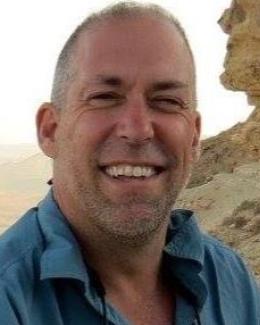
Bio
My primary interest is to identify the genetic basis of adaptive as well as non-adaptive (disease) evolution in diverse taxa including humans. My initial foray into science was as a molecular and cellular biologist in the biotechnology industry developing drugs to treat cardiovascular disease and obesity. I was part of a team that developed the first cDNA microarrays and used them to identify mutations in the gene ABCA1 as causative of Tangier's Disease, which was listed as the discovery of the year in 1999 by the American Heart Association. I earned a PhD in conservation genetics at the University of Alaska Fairbanks and worked with State, Federal, and several Pacific Rim countries to develop genetic reference baselines for genetic stock identification of commercially important species. This allowed for real-time management of the multi-billion dollar salmon and pollock fisheries. My approach was to enrich for more informative genomic markers by identifying loci responsible for local adaptation. Subsequent to that I worked to identify traits under selection in conservation salmon hatcheries in the Pacific Northwest as well wild populations of fire salamanders in northern Israel. More recently I developed methods to identify genomic structural variation of large effect to account for the "missing heritability" of autism spectrum disorder. I am also interested in intra- and inter-genomic epistasis (e.g. mito-nuclear co-adaptation) as another source of this missing heritability. My current projects in the Computational Predictive Biology Group at Oak Ridge National Laboratory include application of these methods and approaches to the study of biomedical phenotypes such as substance abuse, suicide, and cardiovascular disease as well as important traits for bioenergy crops. More recently I applied methods and approaches I developed in conservation genetics to study the evolution of the SARS-CoV-2 virus as it has spread across the human population. In this next year I will be working with scientists at several national and international laboratories to explore the application of environmental DNA and epigenetics to manage fish populations.

